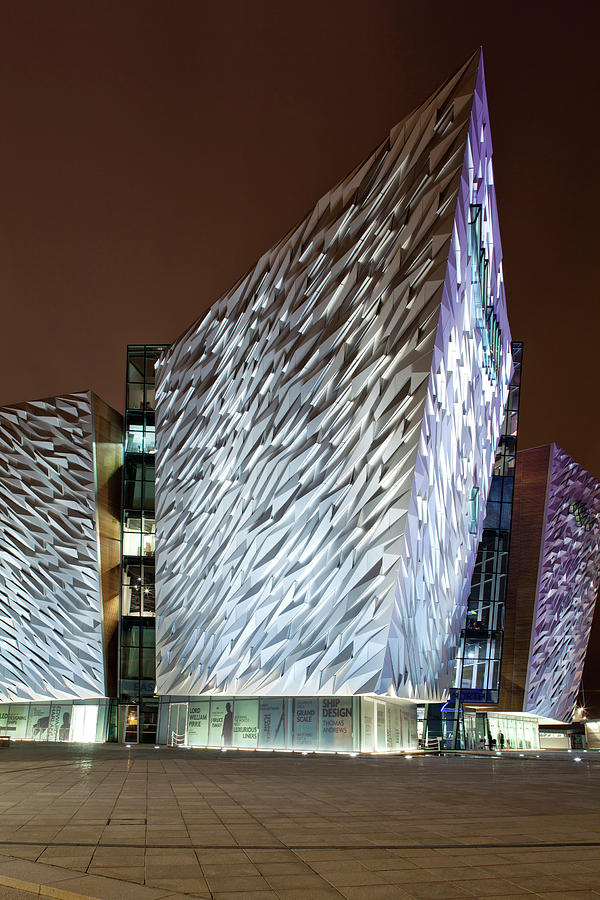

It cost 77 million pounds to construct, making it one of the most expensive buildings of its kind in Europe.Ĭreating a monumental building to house the museum was only half the battle. The building has some 130,000 square feet of exhibit space on six floors and is also the largest conference center in Belfast. Its distinctive angled structure is reminiscent of the ships that were built at the Harland & Wolff shipyard in the Titanic era. It towers above the surrounding area, which is now mostly open space. Accordingly, a public/private partnership was established under which the museum would be built largely with public funding but operated by the private sector.Īmerican architect Eric Kuhne designed the building, which stands at the end of the slipways where Titanic and her sister ship Olympic were built. Perhaps this musuem would do for Belfast what the Guggenheim Bilboa had done for Bilboa. Therefore, it was decided that the redevelopment of Queens Island would center upon a Titanic museum. Perhaps that connection could be used to attract visitors and rebuild Belfast's fortunes. The Titanic story had long been well-known but with the 1997 James Cameron film, the Titanic story had captured the world's imagination on a grand scale. One asset Belfast did have was its association with Titanic. And although the Troubles had subsided, Belfast's reputation as a place of violence and lawlessness lingered. Queen's Island, a mass of land reclaimed from the sea in the 19th century, had been the heart of the shipbuilding area and now it had become a vast, derelict, heavy-industry eyesore. It had once been a leading shipbuilding center but now that business had all but vanished. As this millennium dawn in Northern Ireland, Belfast was not in a good position. The story of Titanic Belfast is one of overcoming adversity. It boasts it is the largest attraction in the world dedicated to the ill-fated ocean liner Titanic.

Titanic Belfast is the most popular tourist attraction in Northern Ireland.


 0 kommentar(er)
0 kommentar(er)
